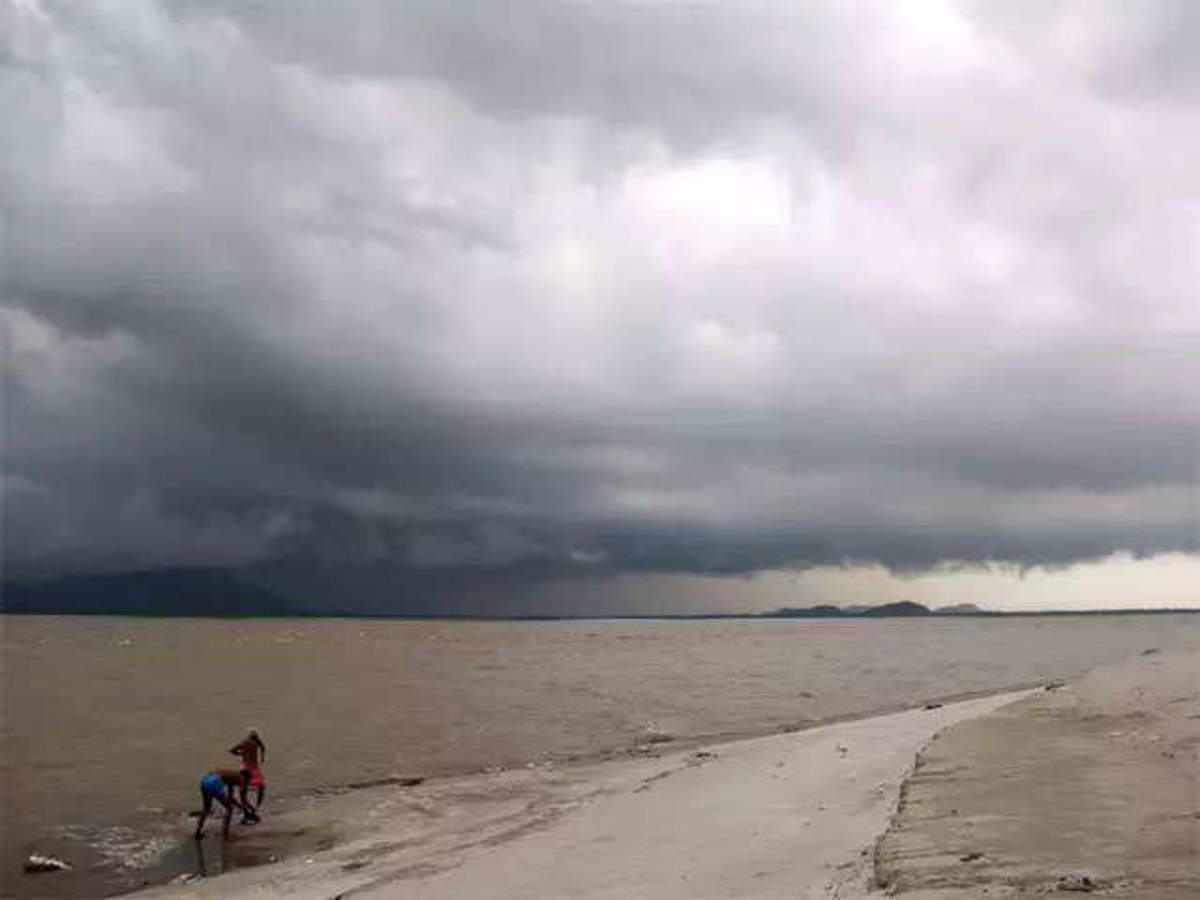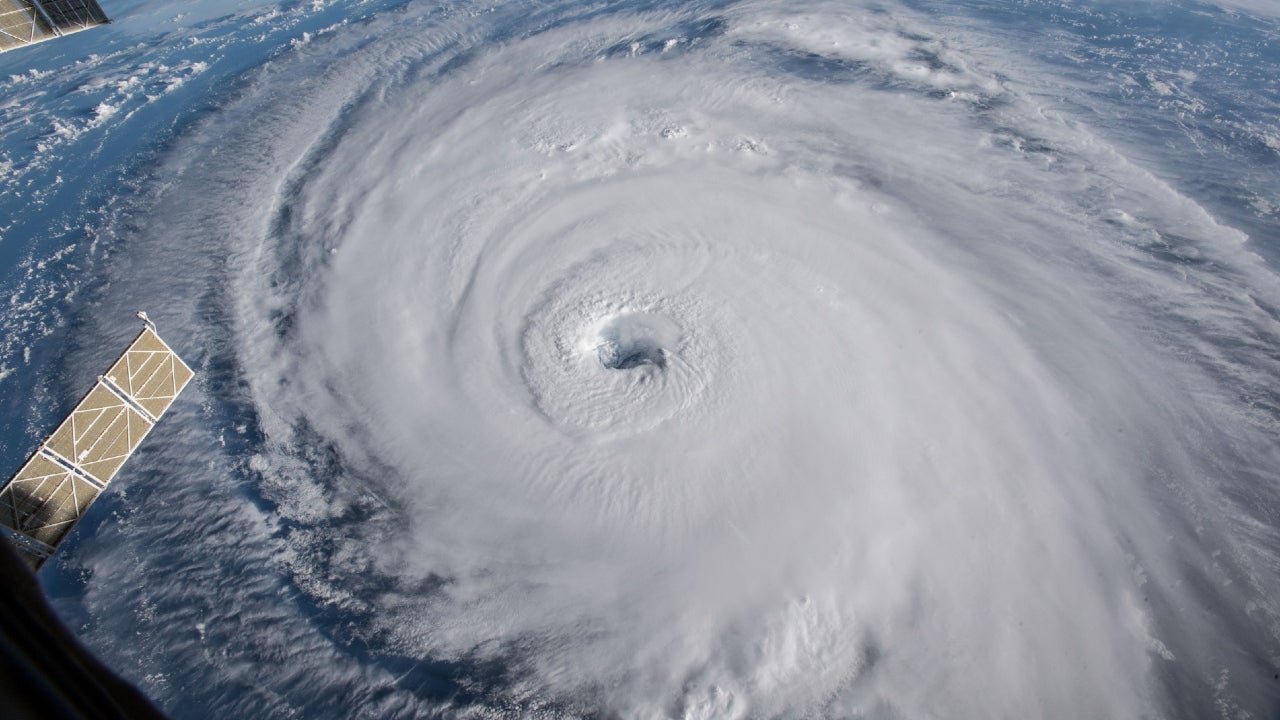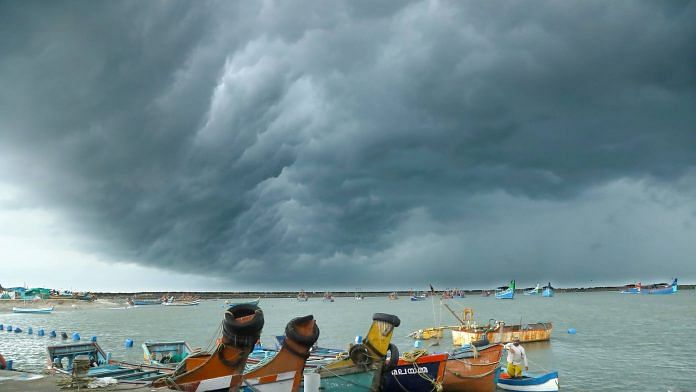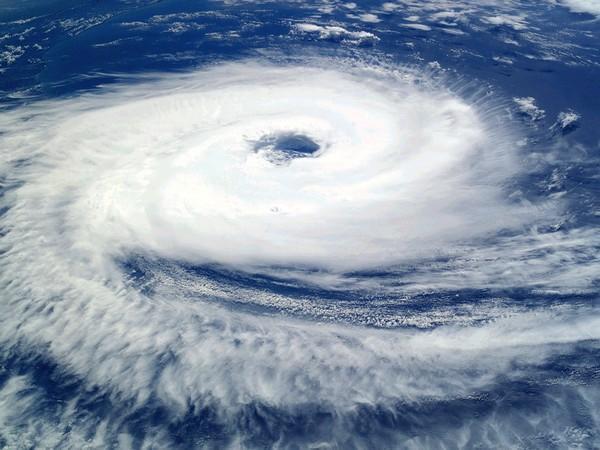The ferocity of tenacious Cyclonic storms has been observed to be on the rise for the past four decades, says a recent study by Indian Scientists.
The severity and the frequent occurrence of these storms are a result of atmospheric parameters like higher relative humidity, especially at mid-atmospheric level, weak vertical wind shear as well as warm sea surface temperature (SST) and it bears major socioeconomic implications, wrote India Today.
A team of scientists, including Jiya Albert, Athira Krishnan, and Prasad K Bhaskaran from the Department of Ocean Engineering and Naval Architecture, IIT Kharagpur, collaborated with K S Singh, Centre for Disaster Mitigation and Management, VIT University, Vellore to study the role and influence of critical atmospheric parameters in large-scale environmental flow and El Nino-Southern Oscillation (ENSO) on tropical cyclone activity in the North Indian Ocean.

Department of Science and Technology (DST) under the Climate Change Programme (CCP) also extended their support for the project.
The Scientists asserted that these frequent uprisings of the cyclones are a great danger to the communities living in the coastal areas.
The Department of Science and Technology expressed their concerns over global climate change and its impact on events like an increase in the frequency of the tropical cyclone or the ferocity of it, reported the HT Times.
“The impact of global warming due to climate change and its effect on extreme weather events such as frequency and high-intensity tropical cyclones formed over global ocean basins is a matter of concern. High-intensity cyclones have become more frequent in the North Indian Ocean, causing significant risk and vulnerability to the coastal regions,” the DST said.

According to the study, some of the factors that have a crucial bearing upon the increased tropical cyclone frequency in the North Indian Ocean are strong mid-level relative humidity (RH), positive low-level relative vorticity (RV), weak vertical wind shear (VWS), warm sea surface temperature (SST), and suppressed outgoing longwave radiation (OLR).
Moreover, the scientists also observed that RH, RV, VWS are distinct during pre-monsoon seasons of La Niña and it leads to the origin of severe cyclone formation over this region.
Factors like sea surface temperature, wind streamlines, vertical velocity, and specific humidity which are environmental, showed comparable contributions towards cyclogenesis during both El Niño and La Niña phases.
The scientists while studying the external factors which are contributory to the tropical cyclones such as water vapor and zonal sea level pressure discovered that the increased severity of La Niña years is linked to tropical cyclones.
Their release said, “During La Niña years, the positional shifts in average cyclogenesis of intense cyclones in the Bay of Bengal are analogous with the observations for the western North Pacific Ocean basin.
An increasing trend in the climatological distribution of water vapor content was also seen during these years, with peaks localized over the Andaman Sea and North China Sea regions in conjunction with the increased frequency of severe cyclones.”

During the past two decades (2000-2020), the La Nina years experienced almost double the number of intense cyclones compared to the El Nino years.
The findings from the study are important as they would help to conduct more advanced research on the activity of the tropical cyclone in the North Indian Ocean region.
















